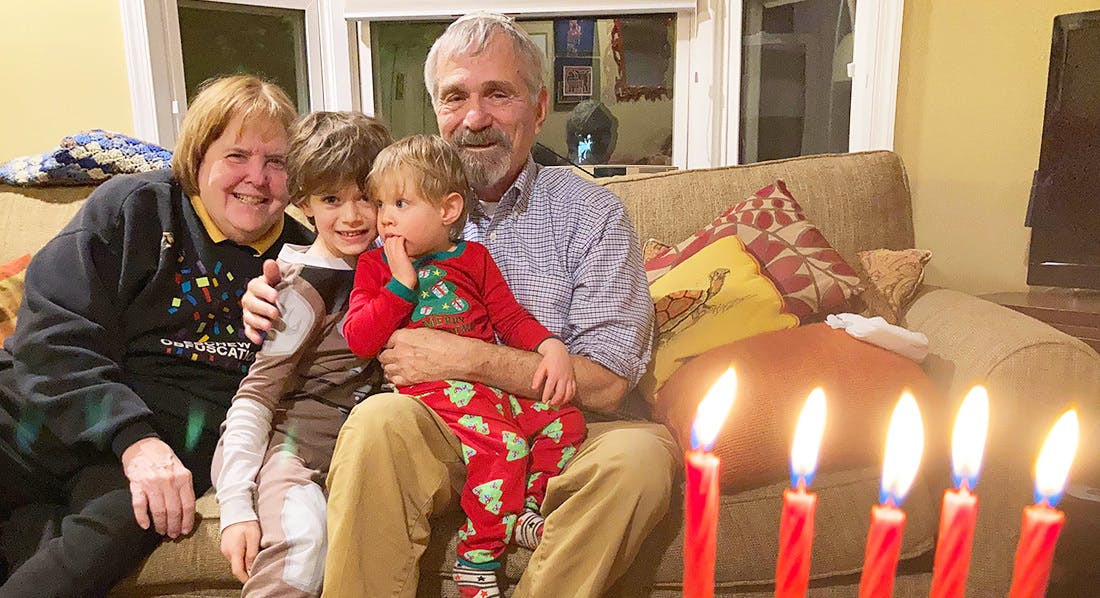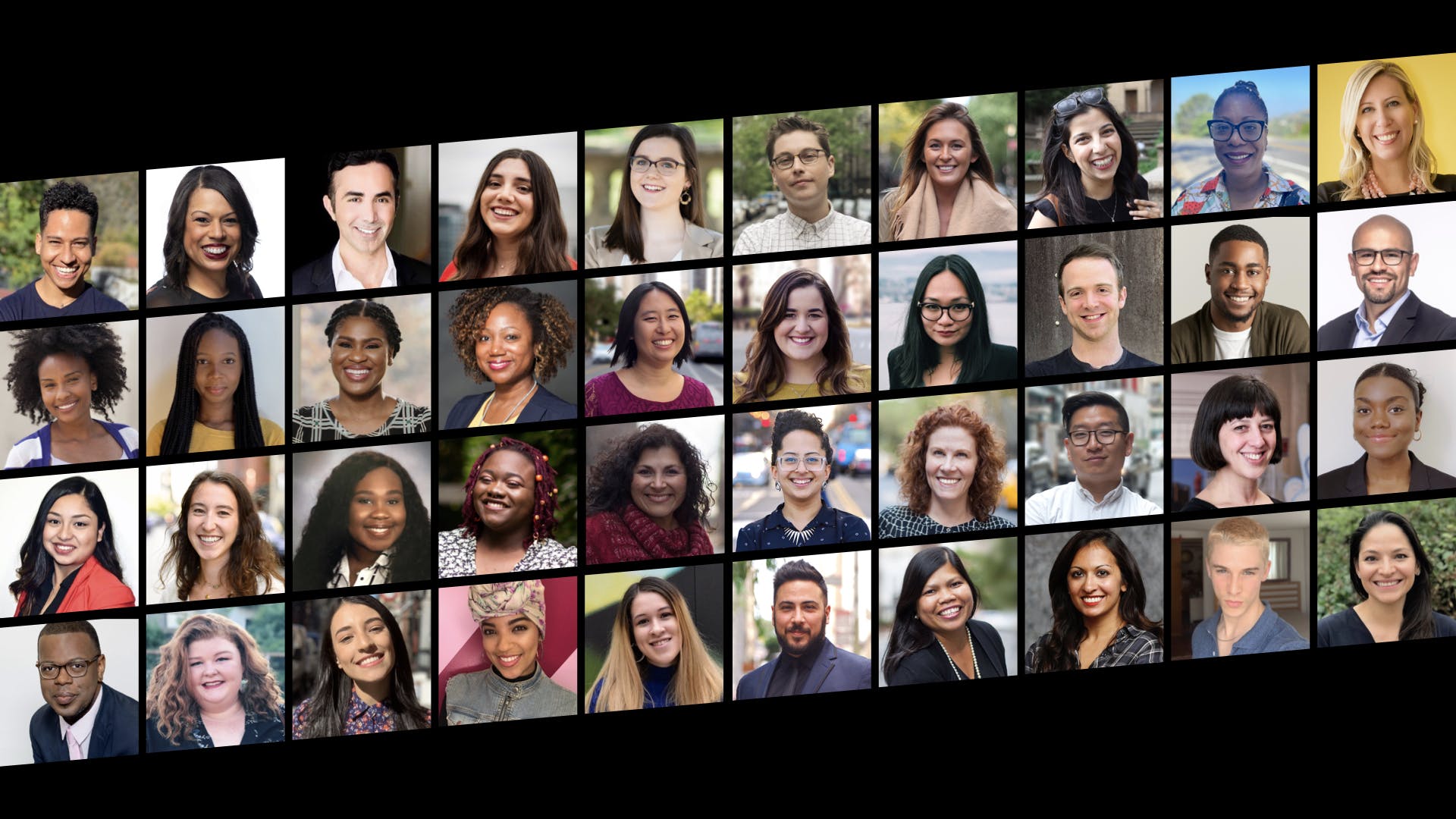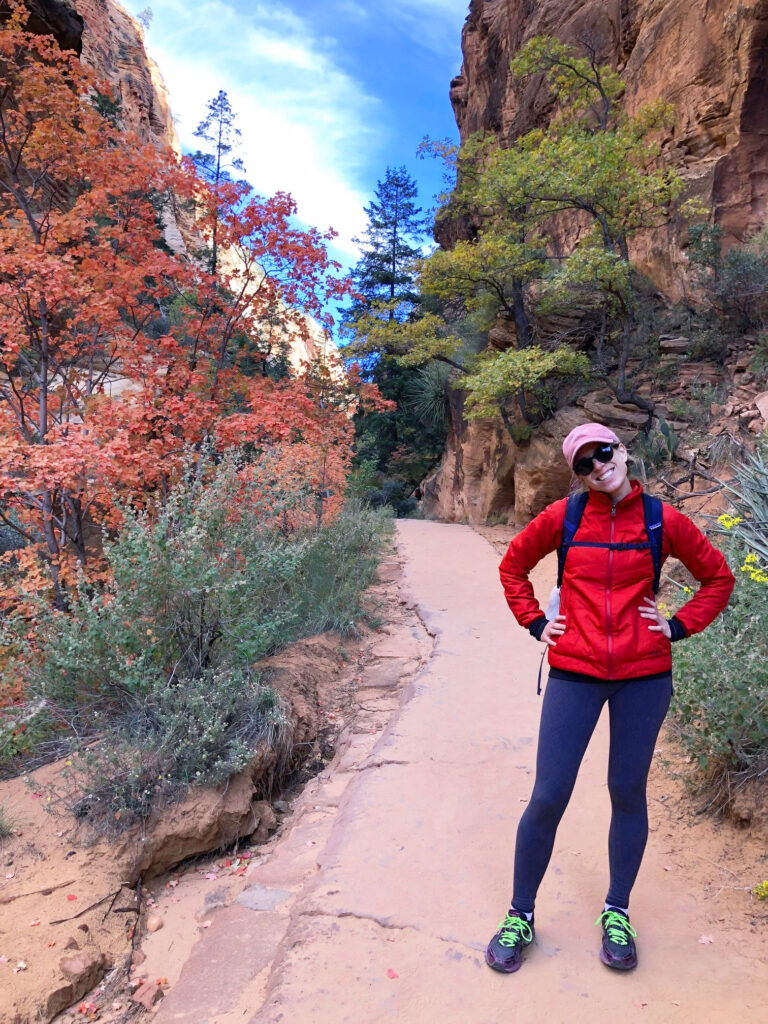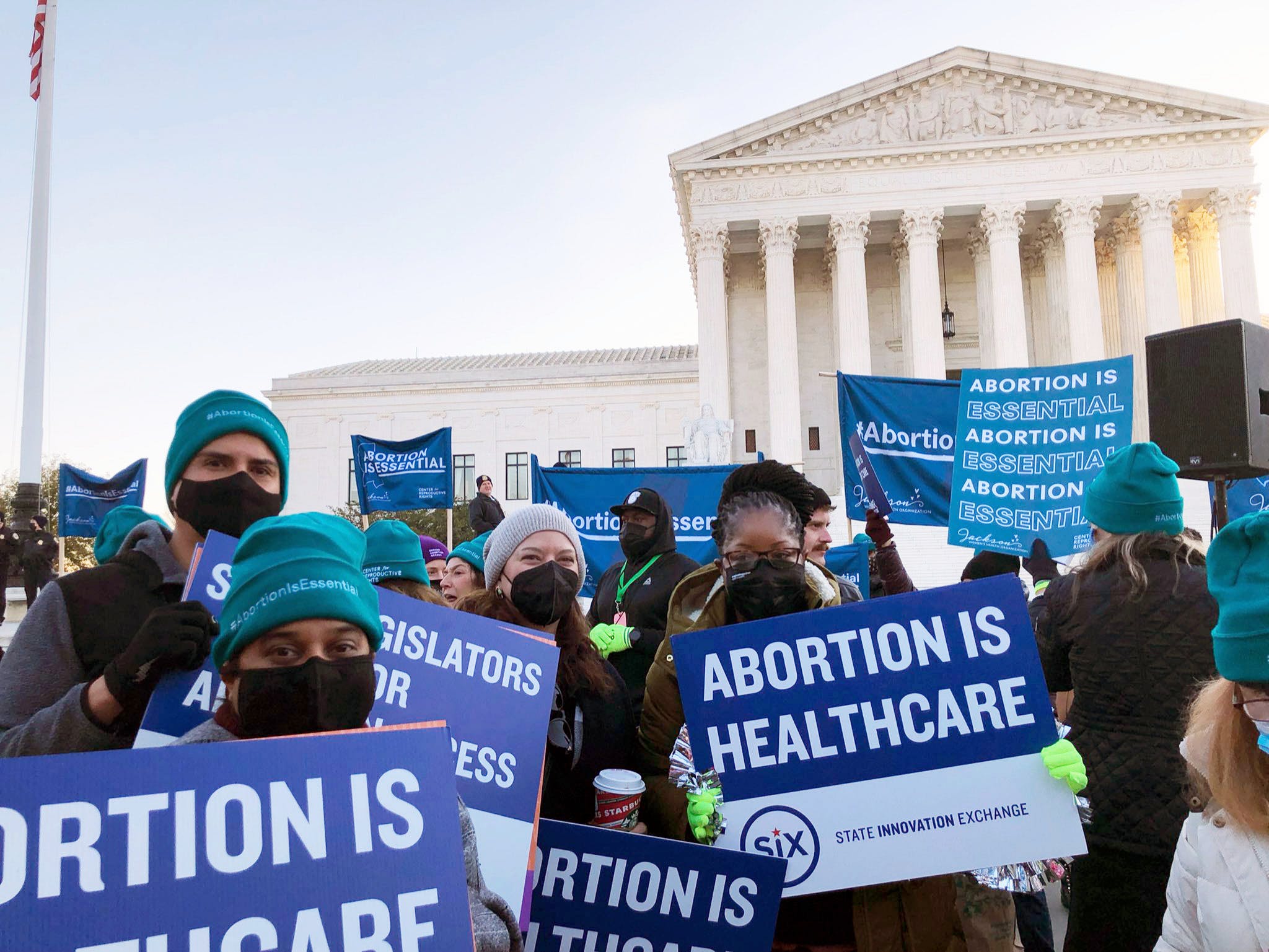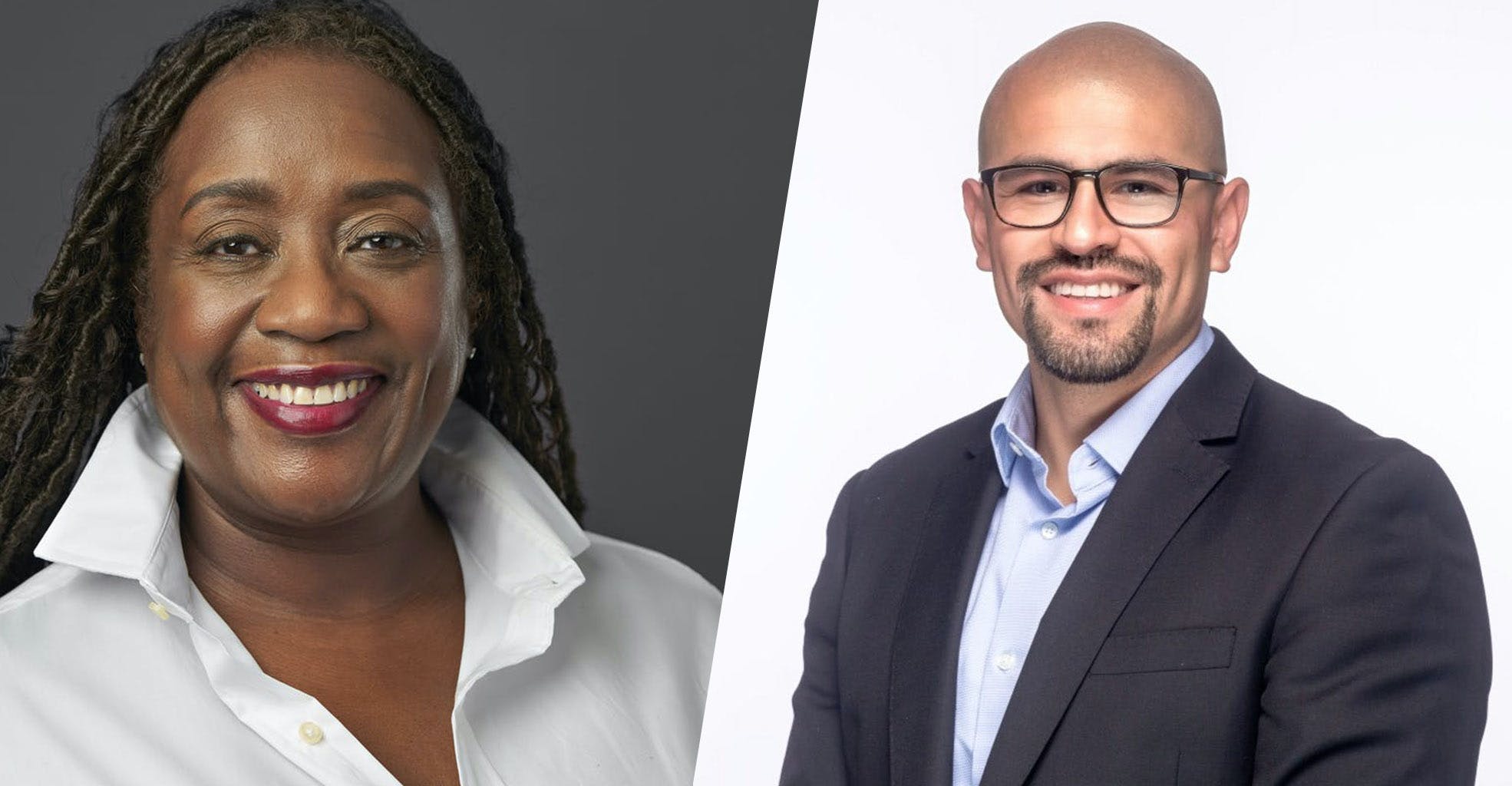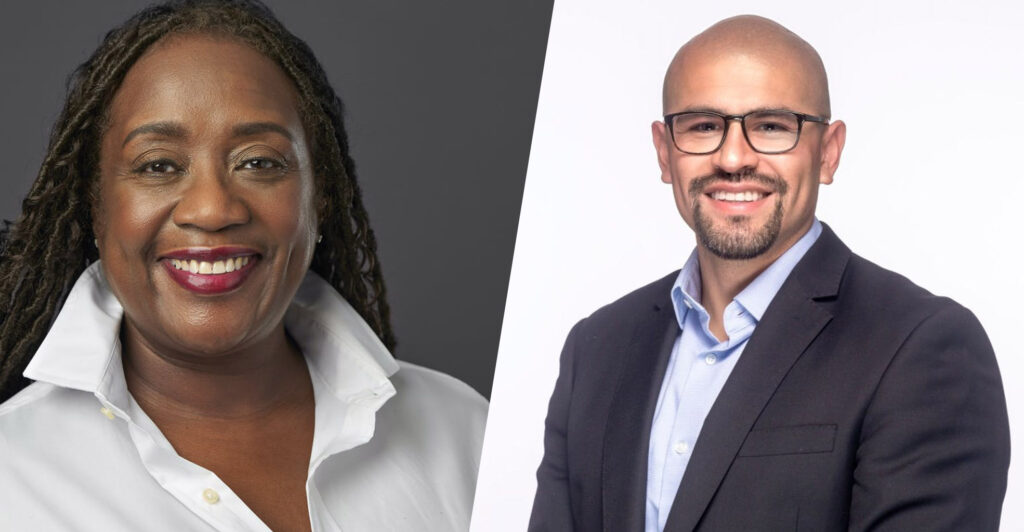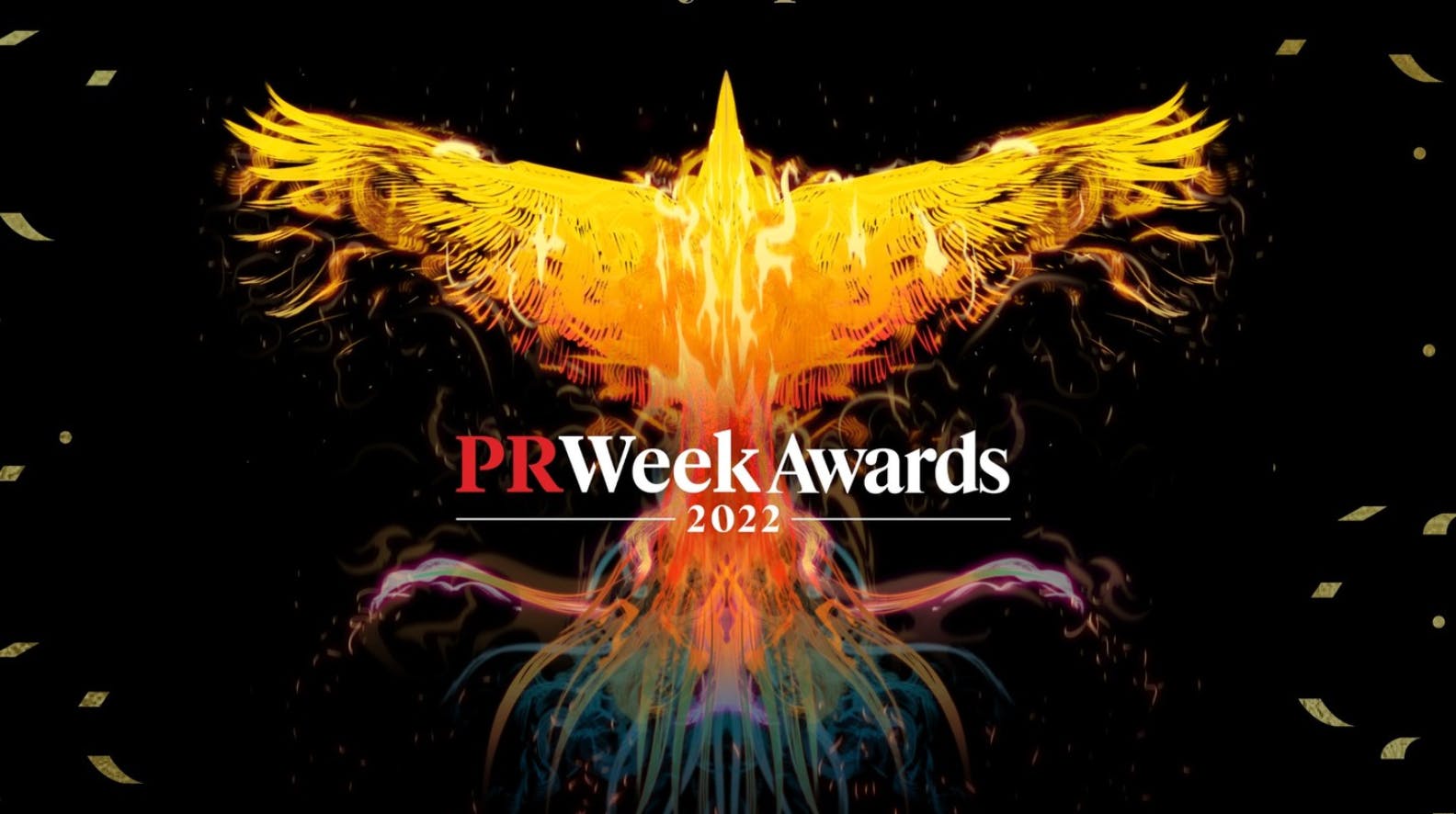Each year by Presidential proclamation, March is named Women’s History Month to celebrate women and their contributions throughout American history. This prompts numerous think pieces, advocacy efforts, exhibit openings, and festivals all dedicated to highlighting women. We look forward to it every year to learn more about women who broke the proverbial glass ceiling, redefined femininity, fought for justice, led movements, and more.
To celebrate, we at Fenton are sharing a bit about women from around the world who inspire us and whose stories we return to in times of reflection.
1. Stacey Abrams, politician, lawyer, activist, and author
Account Coordinator Adia Aidoo named Stacey Abrams as a key source of inspiration. Abrams earned name recognition across the U.S. – and beyond – for her groundbreaking Georgia gubernatorial campaign in 2018. She is the first black woman to be nominated by a major party for a governor’s seat and fiercely advocated to dismantle systemic racism and strengthen voting rights.
Adia’s appreciation took root during some of her “most formative years,” while she worked on Abrams 2018 gubernatorial campaign in Georgia.
“She showed me,” Adia shared, “how when women stand up for what is right and fight for all, true progress can be made. Stacey inspired me, as a black woman in politics, to stand up to the challenges thrown at you with perseverance and grace.”
2. Dr. Lila Abu-Lughod, professor, anthropologist
Account Coordinator Carolyn Hirsch identified Dr. Lila Abu-Lughod, a Palestinian-American anthropologist, as a personal hero for her bold insights on feminism and the Muslim world.
Dr. Abu-Lughod’s work questions and tests Western perceptions, particularly of Muslim women. For example, as part of her research on feminism and the Muslim world, Dr. Abu-Lughod lived with a community of Muslim women in southern Egypt and penned her findings a lauded anthropological ethnography about how the community viewed wearing the veil as an act of agency, rather than “internalized misogyny.”
“She amplified how these women are religious scholars and feminists in their own right,” Carolyn noted, “And she’s made me think more critically about how I perceive myself, women in my community and women around the world.”
3. Josephine Baker, performer, spy
Josefine Baker was a celebrated dancer and entertainer who rose to popularity in the 1920s, making her mark during the Harlem Renaissance in New York and in Paris. But to Chief Digital Officer Shakirah Hill Taylor, it’s not only Baker’s legacy as an “incomparable performer,” as she described her, but also her “multitudinous power,” highlighting her role as a spy for the French military during World War II.
Baker reported on conversations she overheard while performing before Nazi soldiers after Germany invaded France, writing notes on invisible ink on music sheets.
“She reminds me,” Shakirah noted, “of all the ways of being Black women can embody.”
4. Suzanne Sanité Bélair, revolutionary
Lieutenant Suzanne Sanité Bélair was a Haitian Afranchi (a free person of color) born in the 1780s who fought in General Toussaint L’Ouverture’s army during the Haitian Revolution. “She is one of the greatest symbols of strength and power to me,” shared Account Director Val Jean Charles shared, “She remains one of my favorite heroines.”
She is known for leading the uprising of enslaved Haitians and for her courage in the face of death. The French captured and sentenced both Lieutenant Bélair and her husband, General Charles Bélair, the nephew of General Louverture, to death. Lieutenant Bélair refused death by decapitation, instead demanding that she, like her husband, be executed by firing squad.
It’s reported she shouted, “Viv Libète anba esklavaj!” (“Liberty, no to slavery!”) before her execution. “She lived and died on her own terms, proving that – even to the very end,” Valerie shared, “Black women will always fight for our agency to be seen and respected.”
5. Joy Harjo, poet, activist, musician
Fenton CEO Valarie De La Garza identified Joy Harjo as a contemporary woman she admires for her work across several artistic mediums. A member of the Mvskoe/Creek Nation, Harjo became the first Native American to be named as a U.S. Poet Laureate in 2019. She’s also written several film scripts and plays and released five albums as an accomplished flutist and saxophone player.
Her work, as Val puts it, “lifts First Nation storytelling embedded with feminist and social justice lenses into her work that incorporates indigenous themes, symbols, and values.”
Harjo’s signature project as Poet Laureate, “Living Nations, Living Words,” launched in 2021, maps Native American poets across the U.S. through an interactive story map paired with an audio collection. It explores the evolution, impact, and relationships of Native languages and poetry over time.
6. bell hooks, author, poet, professor, activist
bell hooks passed away only last December, leaving behind a rich legacy as both an artist and cultural critic. In addition to publishing poetry collections such as And There We Wept, hooks wrote extensively about feminist theory and Black identity in Appalachia.
bell hooks was singled out by several people at Fenton as a source of inspiration. To Chief Digital Officer Shakirah Hill Taylor, her work “rooted me in the praxis of my womanist ideology. hooks calls us to love, reminds us that community is paramount, and surrounds us with the conviction to move beyond the bounds of oppression.”
7. Billie Holiday, musician
“Billie Holiday was an absolute powerhouse in her craft,” reflected Associate Vice President Aileen Andres.
Holiday rose to fame in the 1930s and 1940s for her often-haunting vocals as a jazz and blues singer. Her unique style, which played with tempo and was rife with emotion, has made her widely regarded as one of the greatest jazz vocalists of all time, and an inspiration to musicians across genres, including Frank Sinatra, Joni Mitchell, and Ray Charles. She was inducted into the Rock and Roll Hall of Fame in 2020.
“What I love most about her,” Aileen shared, “is that used her incredibly raw, distinct talent to speak bravely about injustices – like with the song, “Strange Fruit,” a protest song about lynching, which is still recognized to this day as one of the greatest songs of all time.”
8. Eartha Kitt, singer, actor, dancer
Most known as a singer and actor, Eartha Kitt’s performance as a dancer led her to be discovered by Orson Wells and cast as Helen of Troy in his production of “Faustus.” As a Black woman, she redefined the role of Helen and continued to break the mold throughout her career.
“Few entertainers had the ability to master influence in the way Eartha Kitt did during her time in Hollywood,” said Chief Digital Officer Shakirah Hill Taylor.
Kitt was the first Black Cat Woman, playing the iconic role in the 1960s TV show “Batman” and perhaps most widely known as a singer for her 1953 “Santa Baby.”
She made her voice heard, speaking out against the Vietnam War during a now-infamous luncheon at the White House in 1968, now a subject of a documentary “Catwoman vs. the White House.”
9. Melody Mobley, forester, environmentalist, activist
When asked to name a woman who inspires her, Associate Vice President Susannah Rosenblatt immediately identified Melody Mobley. “A little-known literal trailblazer, Melody Mobley was the first Black woman professional forester ever at the United States Forest Service,” Susannah shared, “there, she overcame discrimination, harassment, and sexual assault by her own coworkers to climb trees, fight fires, run down drug traffickers, and preserve and protect natural resources across the country and the globe.”
She’s fought for greater diversity and representation at the U.S. Department of Agriculture and has worked to improve relations between the Forest Service and indigenous communities, including the Hopi Tribe.
10. Nanny of the Maroons, queen
Shakirah Hill Taylor describes Queen Nanny of the Maroons as “the embodiment of Jamaican tallawah,” defined as impressive, powerful, and strong.
Queen Nanny was the leader of the Maroons, leading her community to victory against British colonizers in the 1700s. She is known today for her skill at organizing guerilla warfare and for her unwavering rejection of British authority and oppression.
“Her boldness and resilience led to the freeing of more than 1,000 enslaved Africans in Jamaica over three decades,” Shakirah notes, “A skilled warrior and freedom fighter, Queen’s legacy towers over the land of wood and water.”
11. Deborah Sampson, revolutionary
“Whenever I talk about women heroes, I think of Deborah Sampson,” shares Account Director Isabelle Levenson. From the same hometown as Isabelle in Massachusetts, Sampson was routinely highlighted in Isabelle’s school curriculum and by her community for her role in the American Revolution. Sampon famously disguised herself as a man so she could fight for American independence.
She was honorably discharged in the early 1780s. In 1802, Sampson went on a lecture circuit to share her experience in the army. Speaking of Sampson, Isabelle reflects: “Her story solidified for me, at a young age, the power and bravery of women.”
12. Sonia Sotomayor, Associate Supreme Court Justice
Sonia Sotomayor is the first Hispanic and third woman to serve on the U.S. Supreme Court. “She personally inspires me on a number of levels,” Val de la Garza shared. “She now presides in the highest court of the land, showing anything is possible, especially as she comes from humble roots as a working-class Latina from the Bronx.”
Sotomayor was the first in her family to attend college and is a fierce advocate for “ensuring laws are fairly and justly applied for all, particularly underrepresented communities of color,” Val continued.
Well before joining the High Court, Sotomayor sought to rectify discrimination, co-chairing Acción Puertorriqueña while at Princeton University and the Latin American and Native American Students Association while at Yale Law.
Her appointment to the Supreme Court was confirmed in 2009. Since then, she voted to uphold the Affordable Care Act and legalize same-sex marriage and has challenged her peers on the Court on issues including affirmative action, unlawful search and seizures, and corporate finance.
13. Ida B. Wells-Barnett, journalist, activist, educator
Ida B. Wells-Barnett was a prominent journalist and activist, speaking truth to power about racism during Reconstruction.
She is perhaps most well known for her journalism on and work to expose the atrocities of the lynching of Black Americans in the late 1800 and early 1900s and for her contributions to the women’s rights movements. Never one to shy away, Wells-Barnett challenged suffrage organizations to confront racism in their fight for greater gender equality.
In response to resistance from existing women’s organizations, she founded the National Association of Colored Women’s Club. She was in Niagara Falls for the founding of the National Association for the Advancement of Colored People (NAACP), but is not credited as an original founder.
Wells-Barnett’s legacy is particularly palpable today. As Executive Vice President, Daria Hall reflects, “In 1909 she delivered a speech titled ‘Lynching, Our National Crime’ at the National Negro Conference, the forerunner to the NAACP, in New York City. Ironically – just this month – 113 years after she delivered this speech, Congress passed the Emmett Till Anti-Lynching Act, criminalizing lynching and making it punishable by up to 30 years in prison. Imagine the lives that could have been saved had the federal government stepped in sooner. America’s systemic devaluing of Black lives continues to this day.”
Who are the women that inspire you?
Tweet at us or tag us on Instagram at @fentonprogress.
